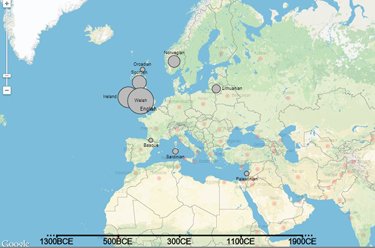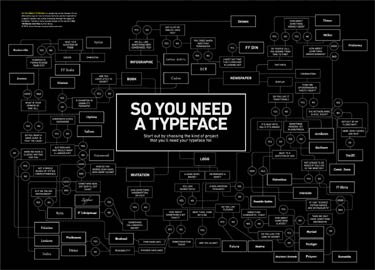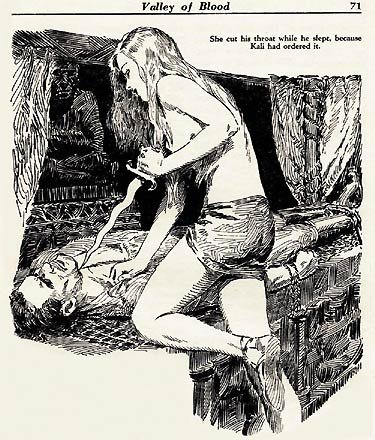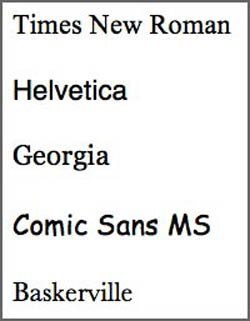History of Human Genetic Admixture
DNA, Graphics, History, Science
Interactive map of human genetic history
A global map detailing the genetic histories of 95 different populations across the world, showing likely genetic impacts of all sorts of events including the 13th century Mongol Invasion of Europe, has been revealed for the first time.
The interactive map, produced by researchers from Oxford University and UCL (University College London), details the histories of genetic mixing between each of the 95 populations across Europe, Africa, Asia and South America spanning the last four millennia.
The study, published this week in Science, simultaneously identifies, dates and characterises genetic mixing between populations. To do this, the researchers developed sophisticated statistical methods to analyse the DNA of 1490 individuals in 95 populations around the world. The work was chiefly funded by the Wellcome Trust and Royal Society.
The group with the longest time since admixture is detected are the Kalash from Pakistan, with an
ancient inferred event prior to 206BCE, involving mixing between a more European group, and a more
Central/South Asian group (there may also be a contribution from people carrying DNA shared with
modern-day East Asians, but we are less certain about this). Some Kalash believe they are descended
from the army of Alexander the Great, as do other groups in the region, some of whom show similar
early events–our date does not rule this out but the date range also allows for other possibilities. …There are a number of populations that show admixture events that are not straightforward enough to
be categorized by our current analysis. For example, the French show an event involving Northern and
Southern European and North African populations dating to 1085 years ago plus or minus 300 years.
However, according to the automated quantitative criterion we developed for characterizing admixture
events, this event is characterized as “uncertainâ€.
From the Science Junkie via Ratak Monodosico.














